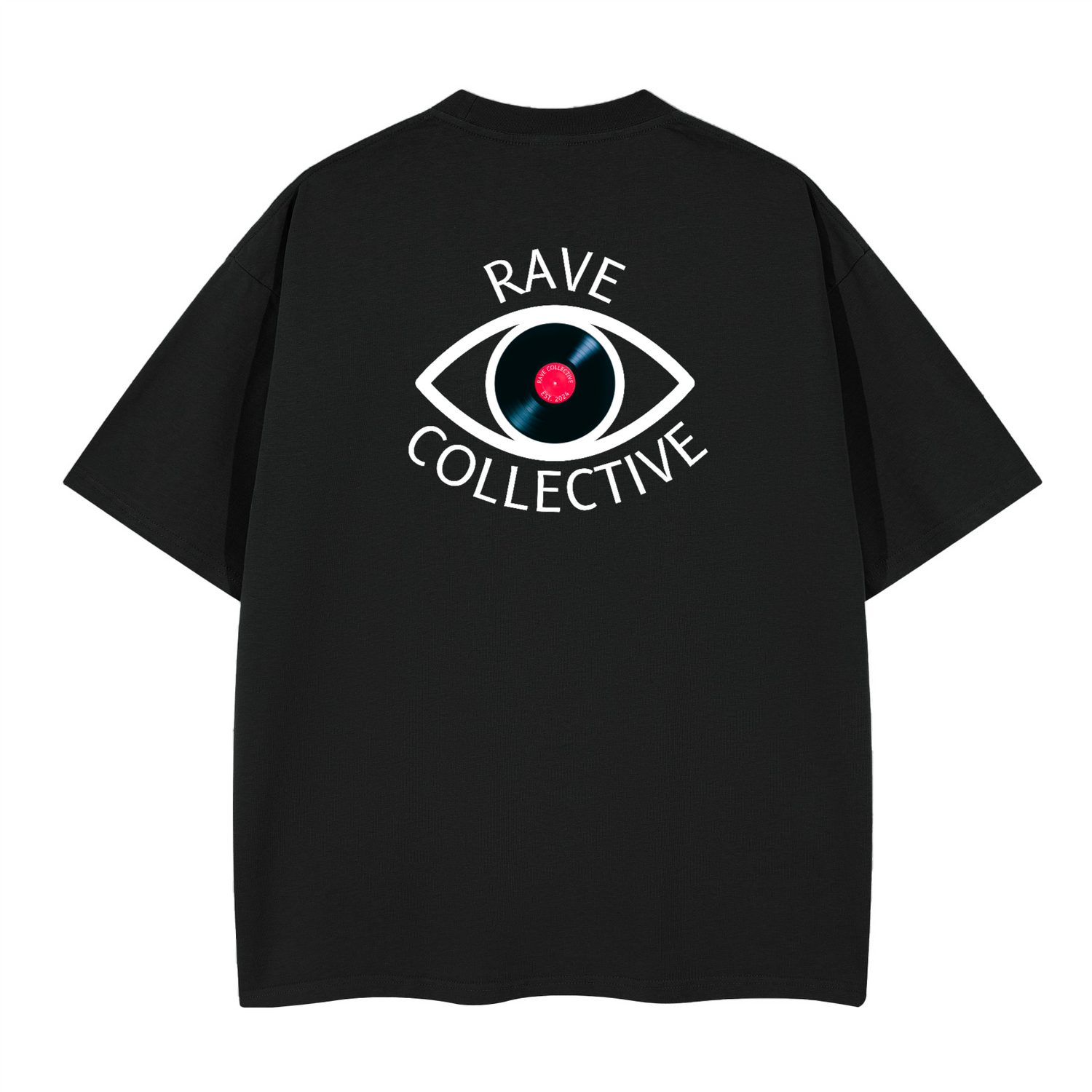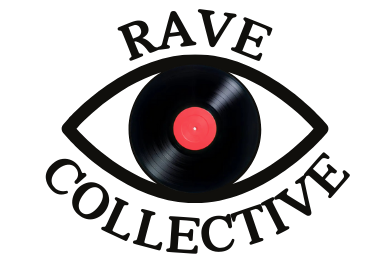How Loud is a Rave?
F*ck yes raves are loud. That's why we love them.
But just how loud is a rave? The volume at a rave typically ranges between 100-120 decibels (dB). Whether you’re a seasoned raver or new to the scene, understanding sound levels, their impact on hearing, and ways to protect yourself is crucial.
This guide breaks down the science behind rave volume, potential hearing risks, how to stay safe while still wearing rave clothing at the rave.
How Many dB is the Average Rave?
As The volume at a rave typically ranges between 100-120 dB - to put this into perspective:
- Normal conversation: 60 dB
- Busy traffic: 85 dB
- Rock concert or rave: 100-120 dB
- Jet engine (close range): 130 dB
Prolonged exposure to sounds above 85 dB can lead to hearing damage. Given that raves often exceed this level, understanding the risks and protective measures is important.
Why Are Raves Loud?
Loud music is a core element of raving. Here’s why:
- Immersive Experience: High decibels, especially the deep bass cutting right through you creating that spine tingling sensation. That feeling for me is undefeated!
- Energy & Crowd Engagement: The thumping beats and heavy bassline keeps us all grooving throughout the night.
- Venue Acoustics: Many raves take place in warehouses, underground clubs, and outdoor festivals, requiring powerful sound systems to carry the music across large spaces.
- DJ Sound Design: DJs and sound engineers take us on a journey by carefully balancing low, mid, and high frequencies to create a dynamic and engaging sound experience.

Are Raves Too Loud?
While raves are designed to be loud and sometimes when you're loving the tune - the louder and bossier the better!
But they can sometimes exceed safe hearing levels. Theres a few reasons why this happens:
- Speaker placement: Standing too close to speakers increases exposure to dangerous sound levels.
- Outdoor vs. Indoor Venues: Enclosed spaces like warehouses amplify sound, while open-air festivals allow it to disperse slightly.
- Lack of Hearing Protection: Many of us ravers don’t wear high-fidelity earplugs, leaving our ears vulnerable to damage.
Do Raves Damage Hearing?
Exposure to loud music for extended periods can lead to temporary or permanent hearing damage. Some of the key risks include:
- Temporary Threshold Shift (TTS): A temporary reduction in hearing sensitivity after a loud event.
- Tinnitus: A ringing or buzzing in the ears, often experienced after exposure to loud sounds.
- Noise-Induced Hearing Loss (NIHL): Permanent hearing damage caused by repeated exposure to high decibel levels.
The louder and longer you’re exposed to high-decibel sounds, the higher the risk of irreversible hearing loss. For the weekend warriors out there take note!
Will My Hearing Come Back After a Rave?
We all experience that muffled hearing or ringing ears after a rave. This is due to Temporary Threshold Shift (TTS). Which can last from a few hours to a few days. However, repeated exposure increases the likelihood of permanent damage.
To help your hearing recovery after a rave:
- Give your ears a break: Avoid loud environments for at least 24-48 hours.
- Stay hydrated: Believe it or not proper hydration supports overall ear health.
- Use white noise: Listening to low-level ambient noise can help counteract the effects of temporary tinnitus.
If hearing issues persist beyond a week, consulting a specialist is advised.
How Can I Protect My Hearing at a Rave?
You don't want to be the dummy wearing over head ear muffs to a rave. But you can enjoy raves without risking your hearing is possible by taking simple precautions:
- Wear High-Fidelity discreet Earplugs – Unlike standard foam plugs, these reduce volume while preserving sound clarity.
- Take Breaks – To the smoking area! Step away from the loudest areas every 30-60 minutes.
- Monitor Volume with Apps – Get an app on your phone like Decibel X let you check how loud your surroundings are.
- Don’t Stand Near Speakers – As sick as your favourite DJ might be, stand back from the speakers. Even moving a few feet back can make a big difference.
Conclusion
Raves are loud, energetic, and immersive, with volumes reaching up to 120 dB. While this enhances the experience, it also poses a risk to hearing. By taking simple protective steps—like wearing earplugs, taking breaks, and monitoring volume—you can enjoy the music while safeguarding your ears.
Hear (here; wink wink) At Rave Collective, we believe in embracing the full rave experience while protecting your hearing. Whether you're a warehouse raver, a DnB head, or a techno lover, stay safe while repping the rave.
Our rave-ready apparel is designed for the ravers. Our unique designs celebrate everything rave culture.
Explore our latest collections right here Rave Collective.

